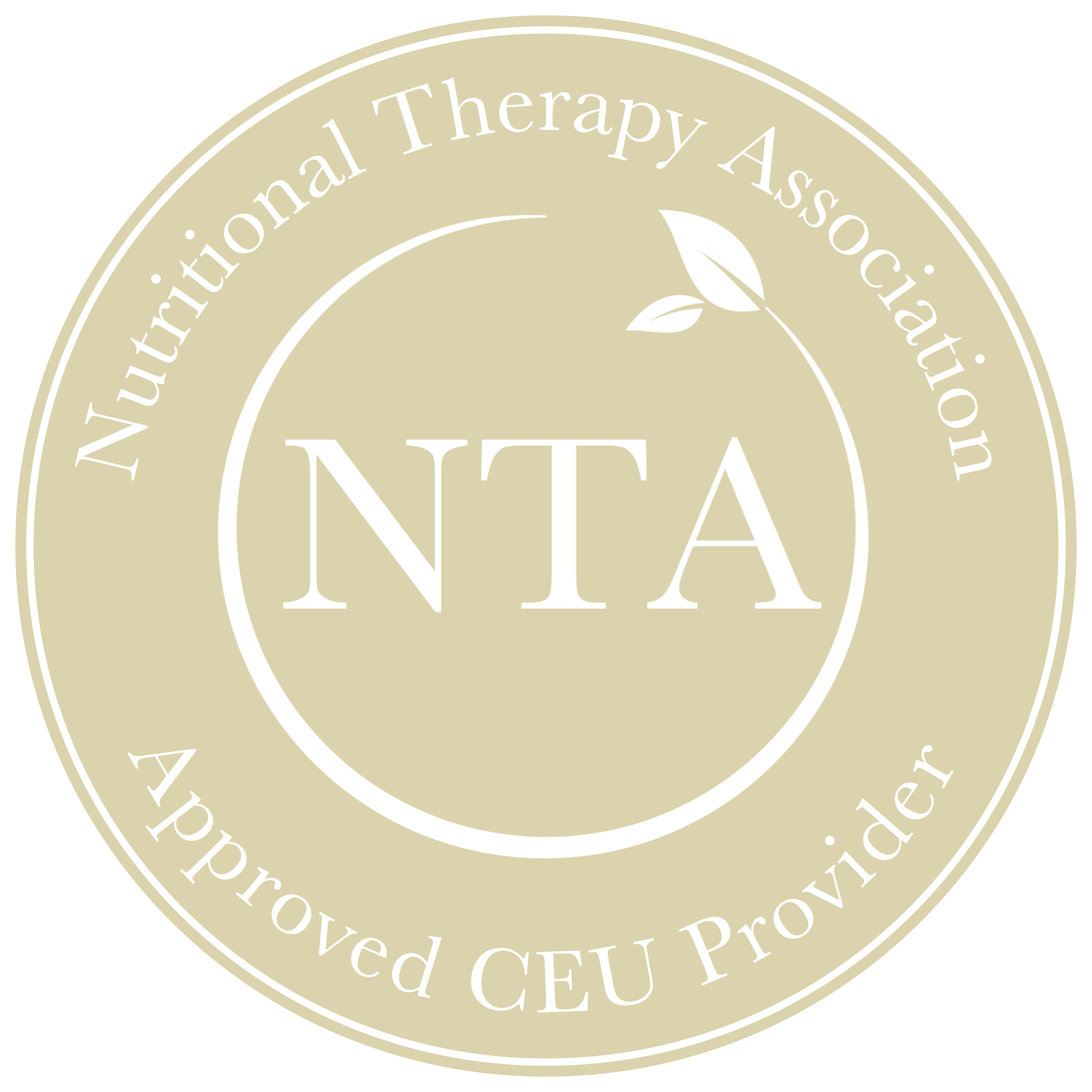I’m sure I don’t need to tell you that inflammation is the root of all chronic disease. What you may not realize is that inflammatory processes are a key component of any neurological presentation as well, and one of the most overlooked and yet powerful strategies for helping to bring that inflammatory burden down is to address hidden food sensitivities.
Let’s unpack this and what it means for our clients.
When it comes to neuro-inflammation – which is inflammation in the brain – it’s important to recognize that any kind of systemic inflammation in the body can create and exacerbate inflammation in the brain. Here’s how that works: inflammation releases cytokines, the messengers of the immune system. These cytokines can cross the blood brain barrier and activate inflammation in the brain by priming the microglial cells (the brain’s “immune army”) to create a fervent neurological inflammatory response.
This inflammation can be from any source: an overt trauma to the head, joint inflammation, an unmanaged autoimmune condition. It can be from stress or trauma, from a compromised gut barrier or, what we’re going to explore today, food sensitivities. Ultimately, anything that drives inflammation in the body can drive inflammation in the brain.
Food sensitivities contribute to neuro-inflammation in two very important ways:
First, they add to the body’s systemic inflammatory burden, increasing cytokine activity throughout the body which can then cross the blood brain barrier and activate an inflammatory response in the brain. It’s a simple inflammation begets inflammation equation.
The second way food sensitivities contribute to neuro-inflammation is through the mechanism by which they develop, which is intestinal permeability.
Intestinal permeability occurs when the normal tight junctions of the gut lining – junctions that are designed to be very selective in terms of what they allow through into the blood stream – become inflamed, irritated and/or damaged. In other words, they become “leaky”, allowing all manner of toxins, pathogens, and improperly digested food into the blood stream. This triggers an immune and inflammatory response as the body now needs to go into clean-up mode and address anything that has gotten into the blood stream that shouldn’t be there.
Intestinal permeability is one of the core mechanisms that lead to the development of food sensitivities. When there is a leaky gut, improperly digested particles of food move into the bloodstream and become potential antigens, triggering an immune response. When that immune response drives inflammation, that is a food sensitivity. This means that ANY kind of food can become a food sensitivity – not just the usual suspects of gluten, dairy, eggs, etc. Literally any food – something as seemingly innocuous as lettuce or avocado – if triggering an inflammatory response because it’s getting into the blood stream in a mal-digested form, can present as an antigen to the immune system and become a food sensitivity.
Now, this mechanism doesn’t just allow for food sensitivities to develop, but the intestinal permeability itself drives an increase in the permeability of the blood brain barrier which thus increases inflammation in the brain. Here’s how that works:
The proteins occludin and zonulin are regulators of the tight junctions in the gut lining, and they can be triggered by cells lining the intestines when they are exposed to certain pathogens or foods, opening up those tight junctions and allowing bacteria, toxins, and large particles of poorly digested food to enter into blood circulation. As we just discussed, this, in and of itself, triggers an immune response with increased inflammation. But alongside this inflammatory response, zonulin travels through the bloodstream to the brain and similarly opens the tight junctions there, allowing pathogens, toxins, and inflammation in – damaging brain cells and stimulating an immune response with even more inflammation.
As such the whole process is a vicious cycle. Leaky gut leads to a leaky brain, which increases and promotes inflammation in the brain. Leaky gut also leads to the development of more food sensitivities, which increases the body’s systemic inflammatory burden and thus increases the inflammation in the brain. It’s like one big inflammation-promoting party none of us want to be invited to.
So, the question is, what do we DO about this? How do we interrupt this vicious cycle and help reduce the neuro-inflammation that is being driven by this process?
It starts with proper testing and the right strategy for healing the gut.
First, we want to understand what is going on in that digestive tract so that we can “heal and seal” those tight junctions. This might sound as simple as bringing in some gut healing agents – maybe some L-glutamine and a probiotic – but to be truly effective, it’s a lot more complicated than that. At RWS, we are firm believers in testing to guide our protocols, and so we lean on some of the most sensitive GI testing available, the GI-MAP. This allows us to identify if there are hidden pathogens, opportunistic bacteria, functional imbalances or microbiome imbalances contributing to the compromised gut lining. If these imbalances aren’t addressed, some L-glutamine on its own isn’t going to do the trick.
Next, we want to identify and eliminate those foods that are contributing to systemic inflammation. Some of these are overt food triggers of inflammation: gluten-containing grains, sugar and industrial seed oils being key culprits. We start here and always eliminate these “usual suspects.” But beyond these highly inflammatory categories of foods are those hidden food sensitivities not readily identified by dietary trial and error or simple elimination diets. This is where using food sensitivity testing comes in. This is where knowing how to vet the many different options for food sensitivity testing is an invaluable clinical skill. And, this is why all of our Restorative Wellness Practitioners start out mastering gut healing – it has a profound impact on the rest of the body and even seemingly unrelated health issues, such as neurological symptoms, won’t truly resolve until you address imbalances within the gut.
In our hallmark training program, Mastering the Art and Science of Gastrointestinal Healing, we teach you everything you need to know to help your clients optimize their gut health, including how to identify and effectively address food sensitivities. You’ll learn what tests to run and when, the nuances of test interpretation and how to develop highly effective healing protocols to address digestive dysfunction, heal and seal the gut lining, and heal hidden food sensitivities once and for all. To learn more, click here.
And, on August 3rd, 2022, we’ll be offering a free masterclass called Ending the Food Fight: How to Navigate and Heal Food Sensitivities. Join us to learn the ins and outs of food sensitivity testing and how to use this powerful tool to dramatically reduce both the body’s systemic inflammatory burden and this important and often overlooked source of neuro-inflammation.







